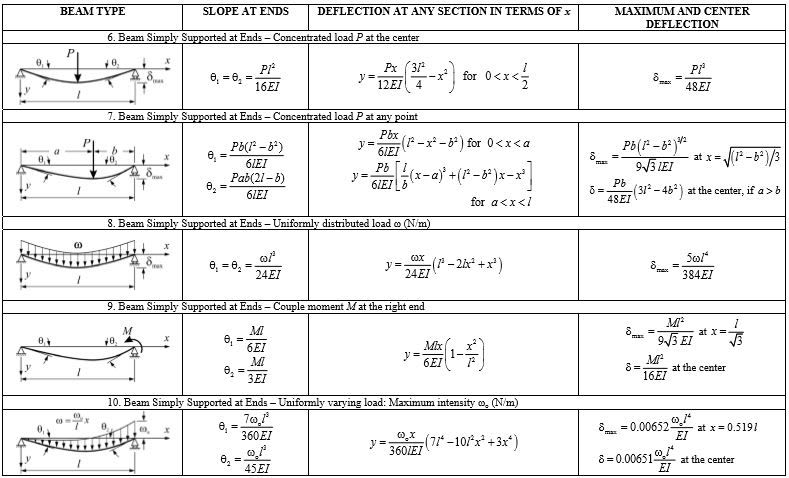caroengr
Student
- Mar 14, 2024
- 7
I am designing the bearings for a railway bridge according to AREMA. I have been following AREMA Ch 15 but I am getting stuck on calculating the rotations. These are the variables I need to solve for but I am new at this so any help would be appreciated!
aL = Relative rotation of top and bottom surfaces of bearing about an axis perpendicular to the longitudinal
axis of the bridge—radians
aW = Relative rotation of top and bottom surfaces of bearing about an axis parallel to the longitudinal axis
of the bridge—radians
aL = Relative rotation of top and bottom surfaces of bearing about an axis perpendicular to the longitudinal
axis of the bridge—radians
aW = Relative rotation of top and bottom surfaces of bearing about an axis parallel to the longitudinal axis
of the bridge—radians

